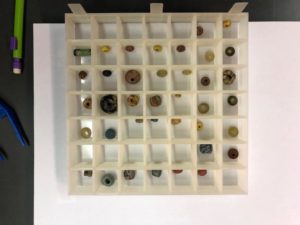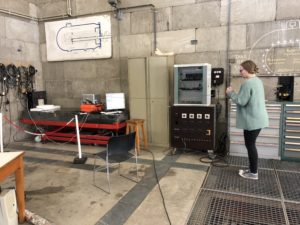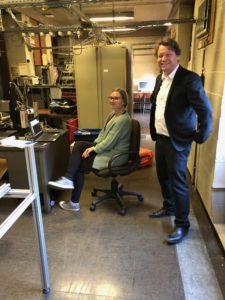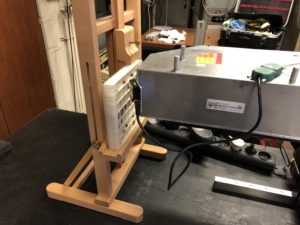Across Europe, people deposited similar glass beads in Merovingian graves. These beads are known to have been produced at different places in the world, ranging from India and the eastern Mediterranean to northwestern Europe. The study of Merovingian bead-sets can thus give us great insight into 6th century exchange systems. One of the questions that remains to be answered is whether identical beads found in several cemeteries across Europe were actually produced in the same workshop. Chemical analyses of those beads can possibly answer this question. At the start of November, project member Mette Langbroek took the complete set of beads from the Merovingian cemetery of Lent-Lentseveld to the University of Liège for X-ray and XRF analysis. This is a first step that allows us to distinguishing groups in the chemical composition of these beads. Next spring, the beads will be taken to the IRAMAT-Centre Ernest-Babelon in Orléans for LA-ICP-MS analysis to establish their exact chemical composition.

Bead grid

X-ray analysis

Mette Langbroek and David Strivay (Centre Européen d’ Archéométrie, Université de Liège) operating the XRF laser

XRF analysis